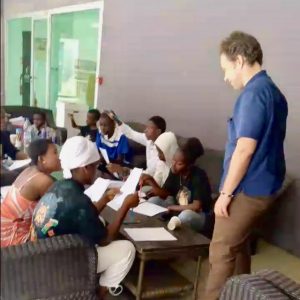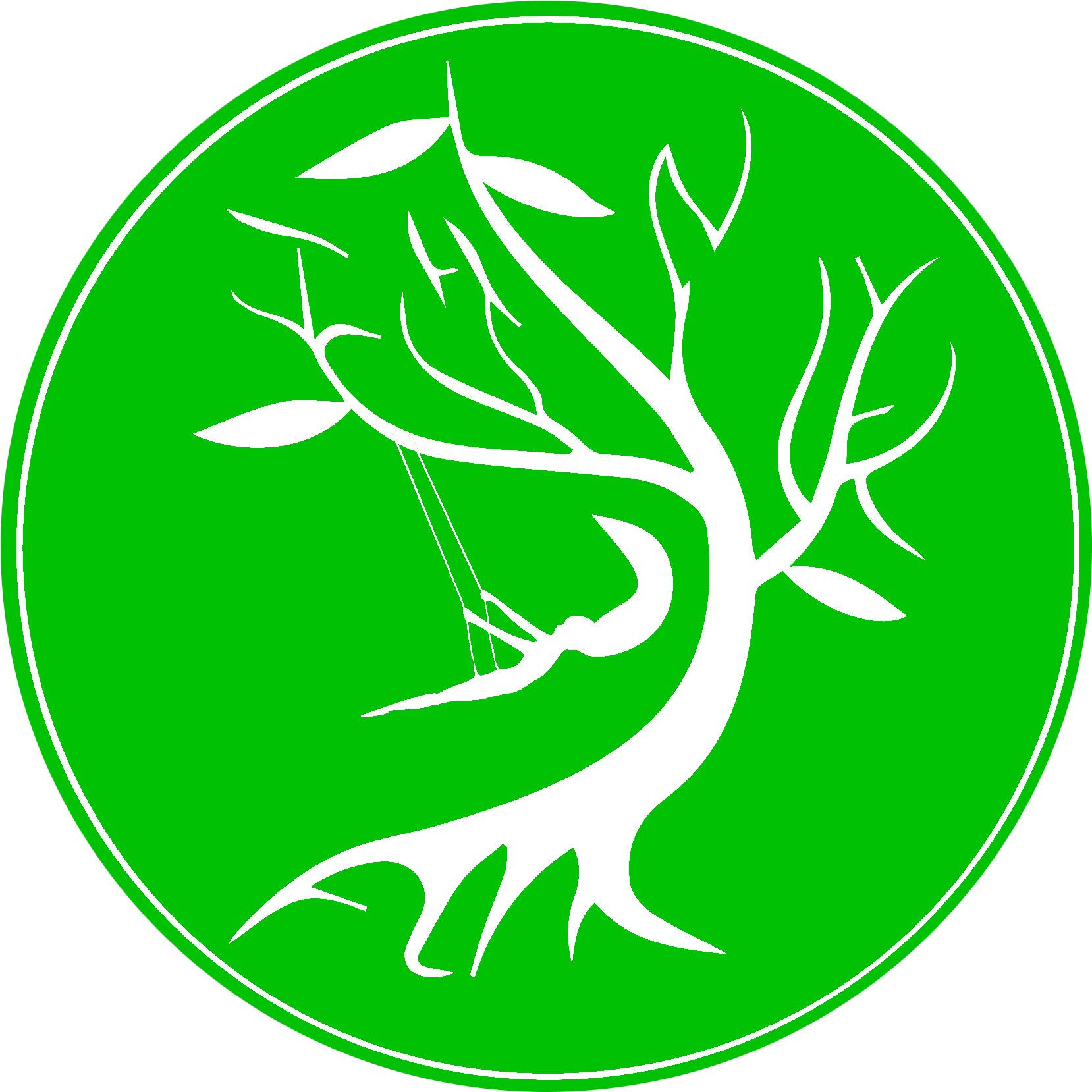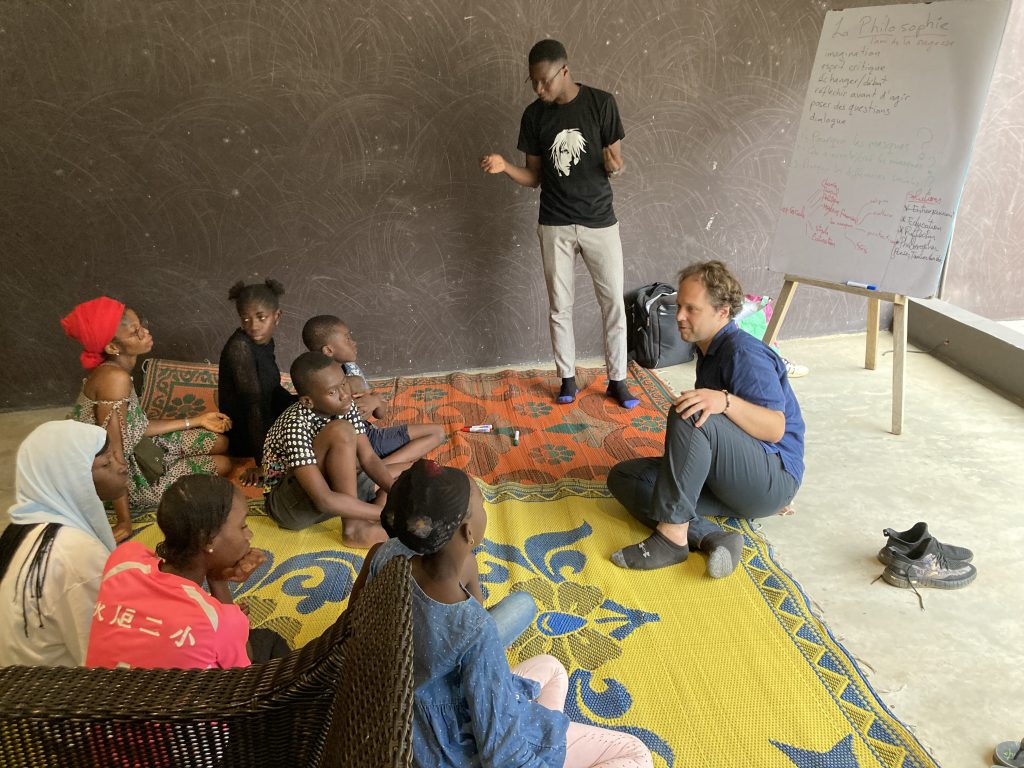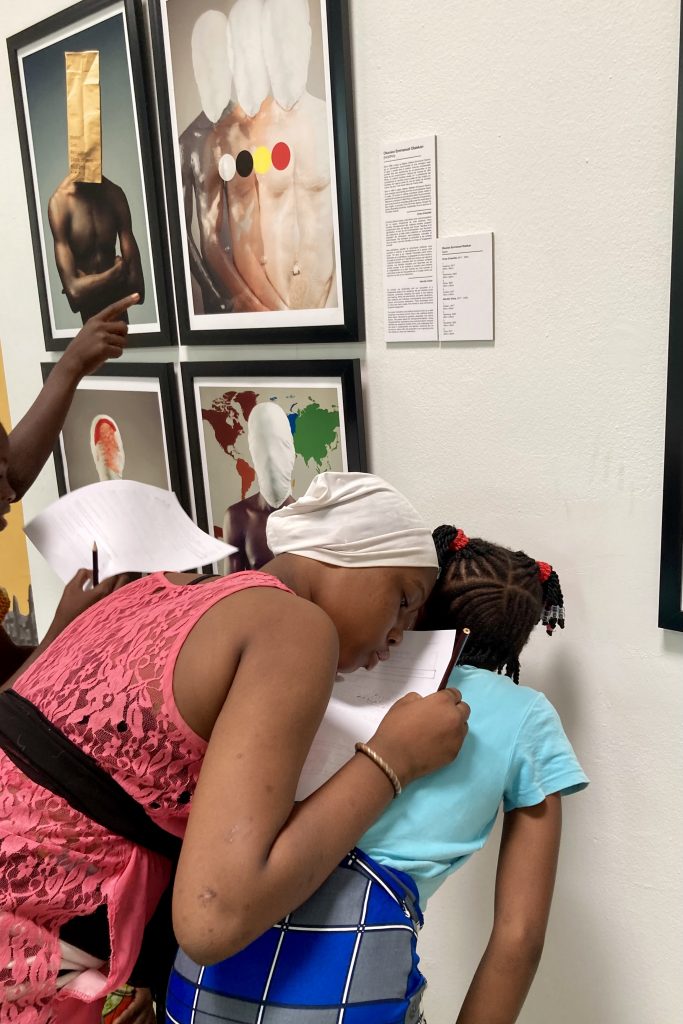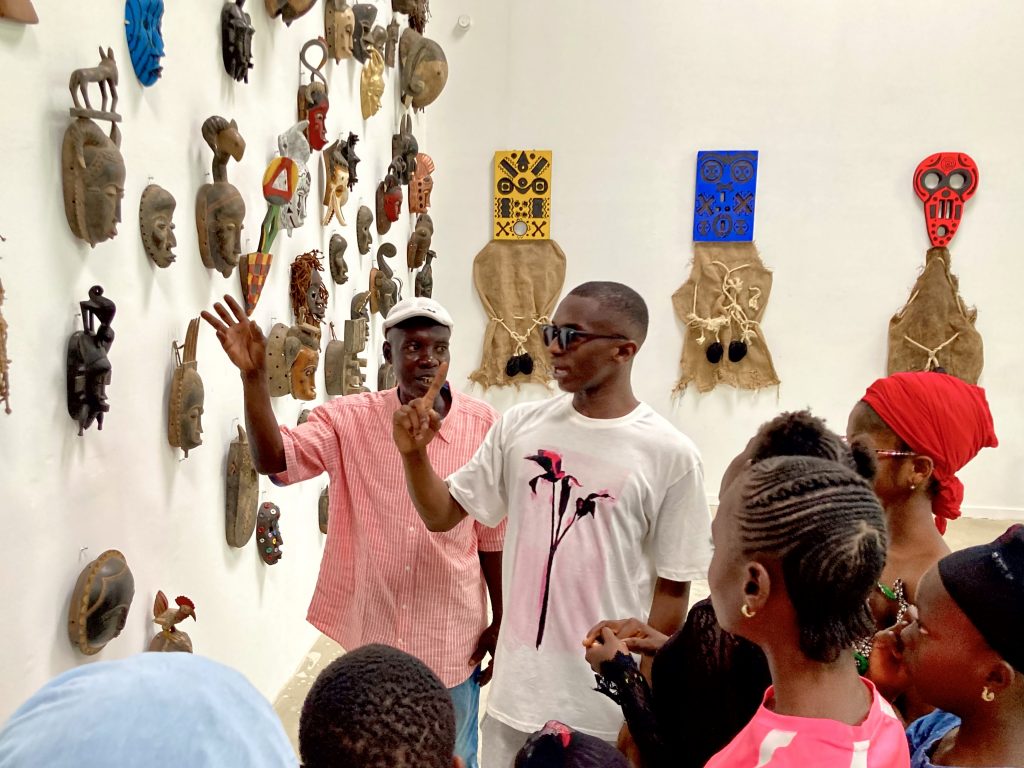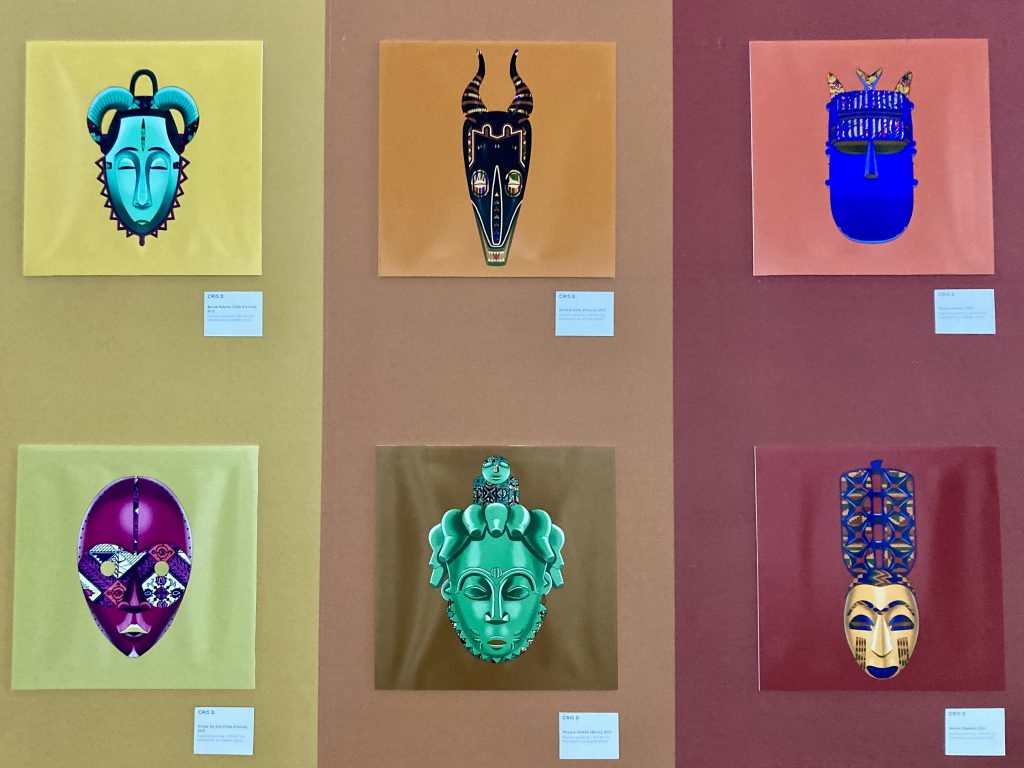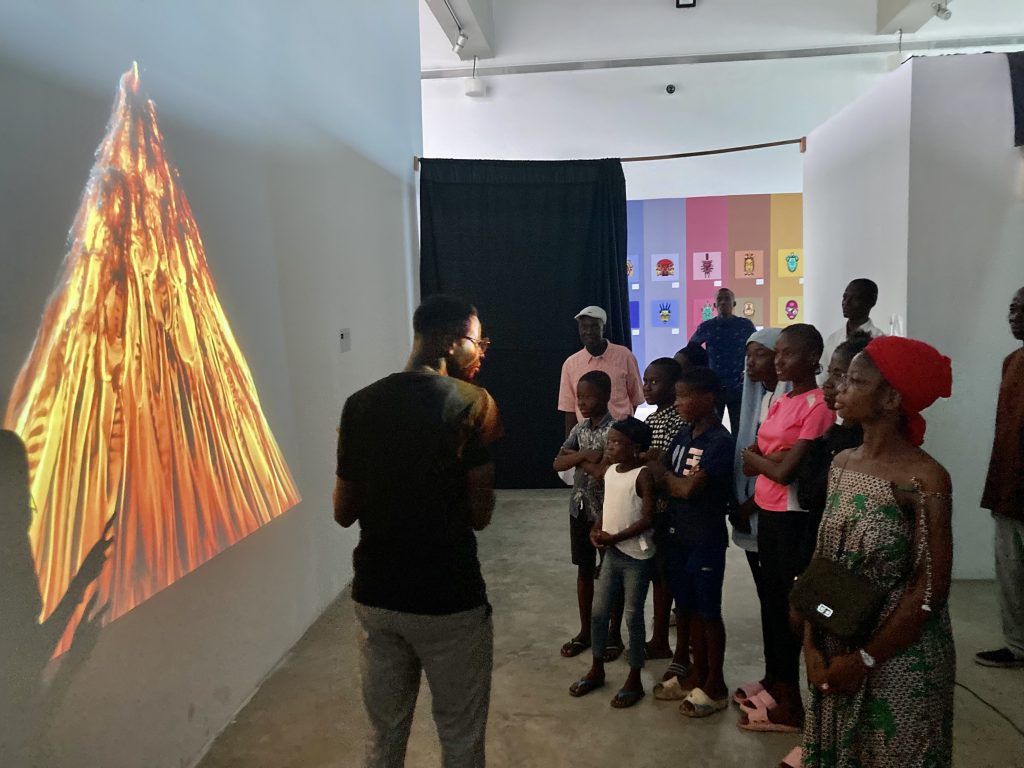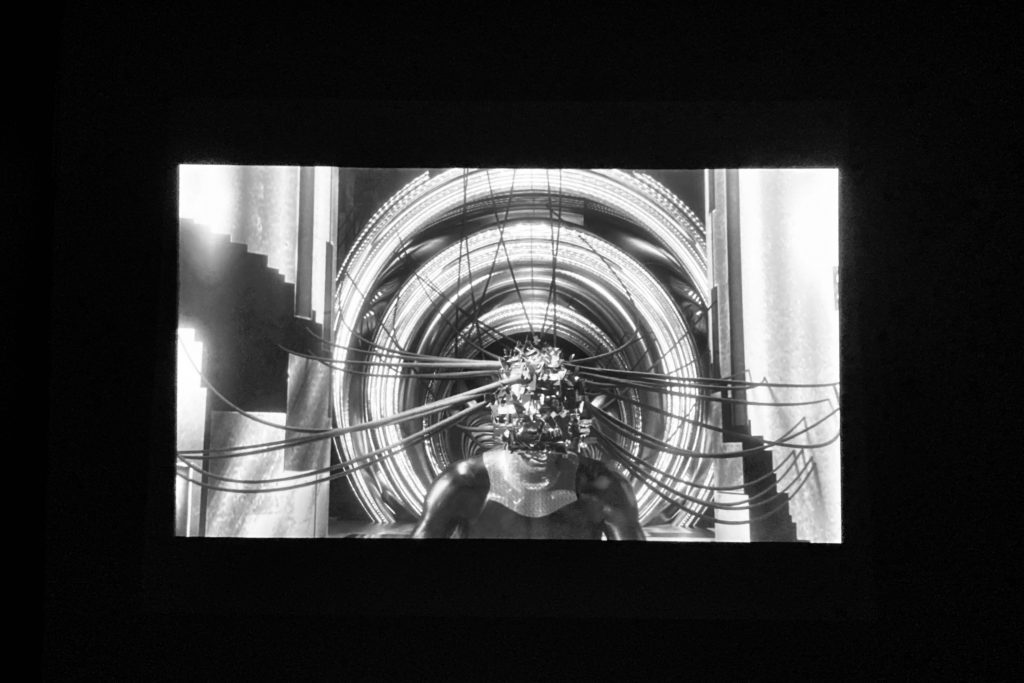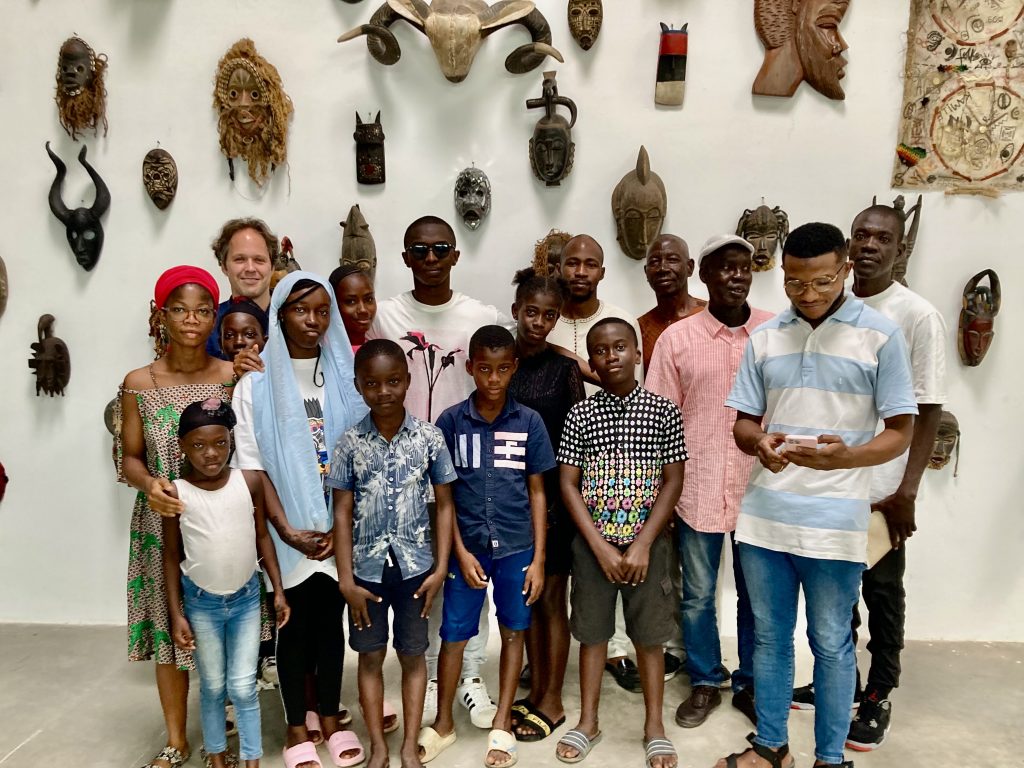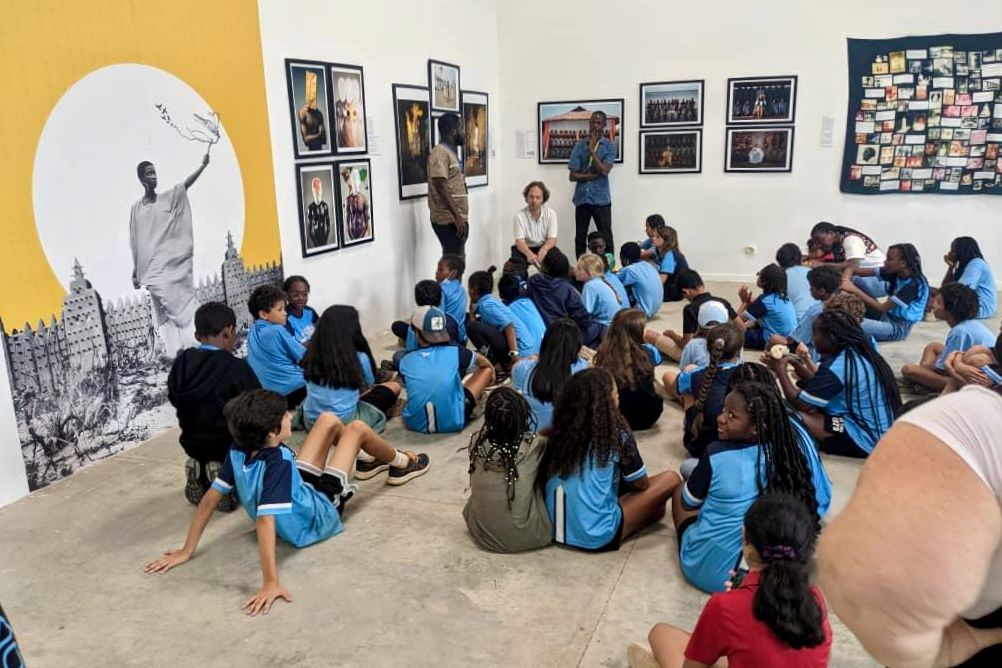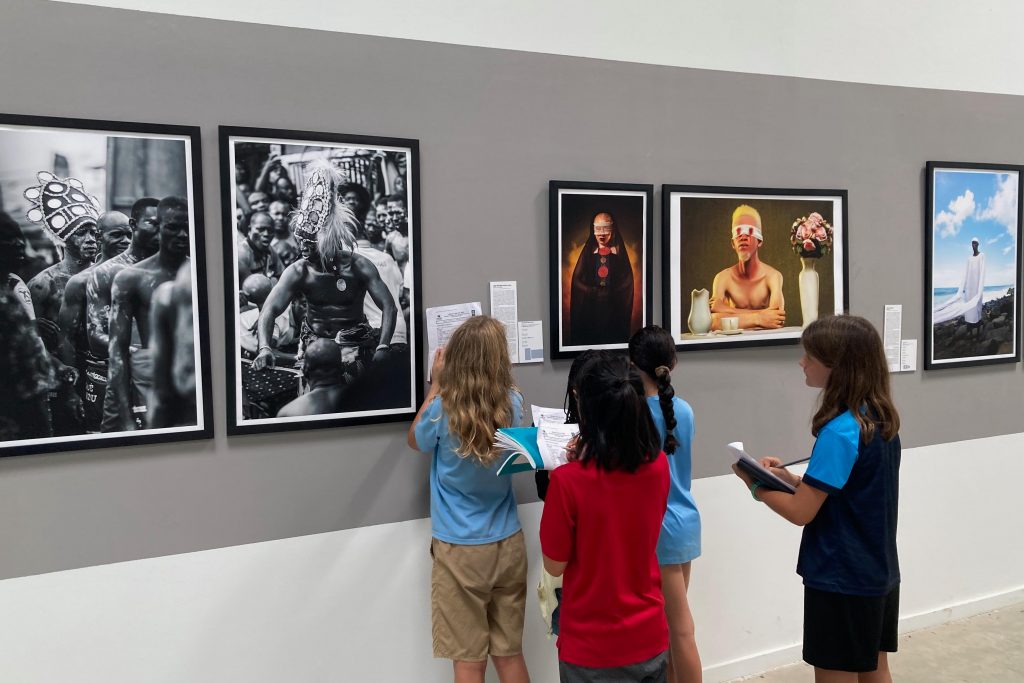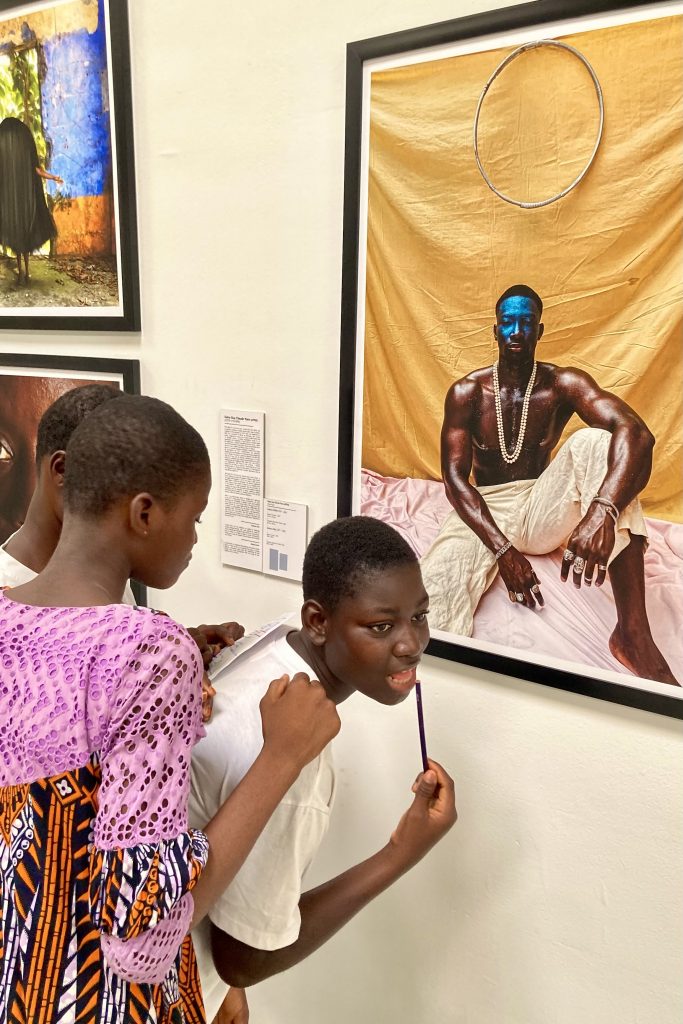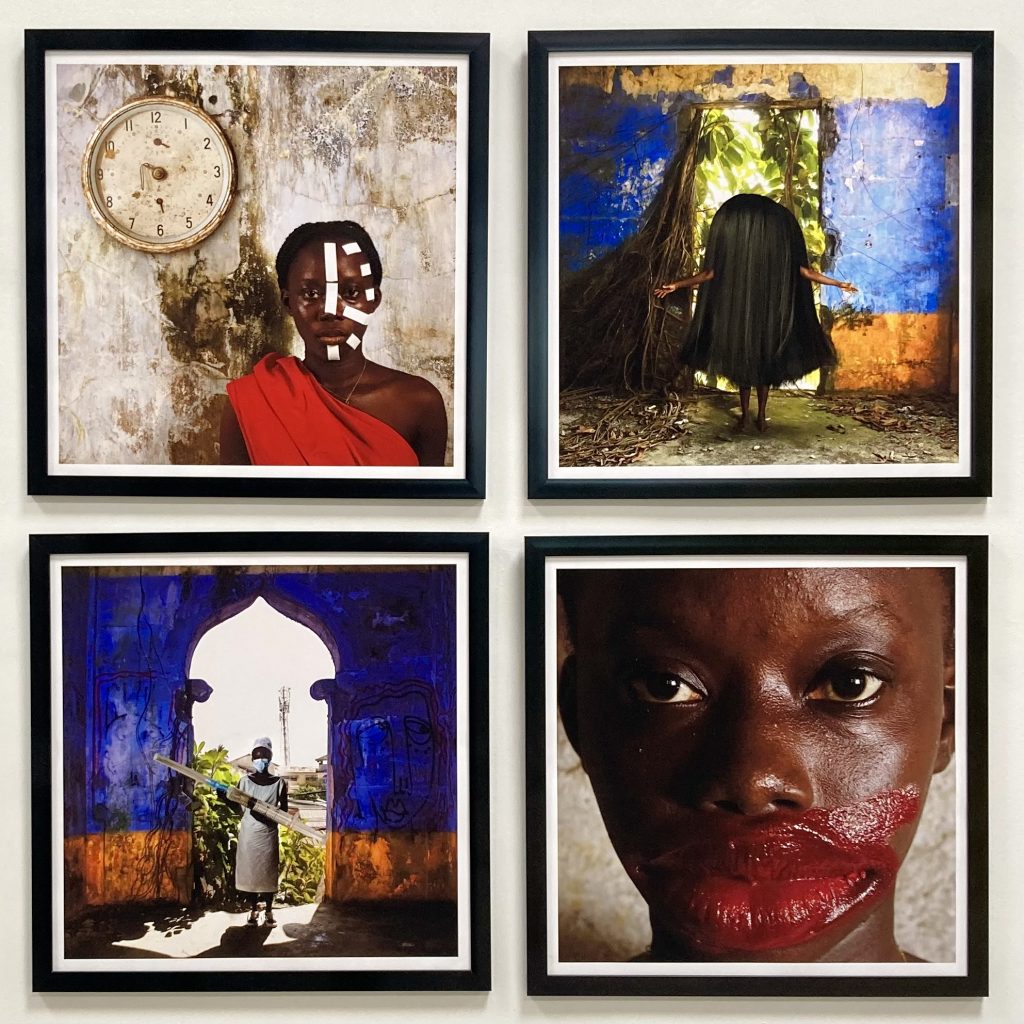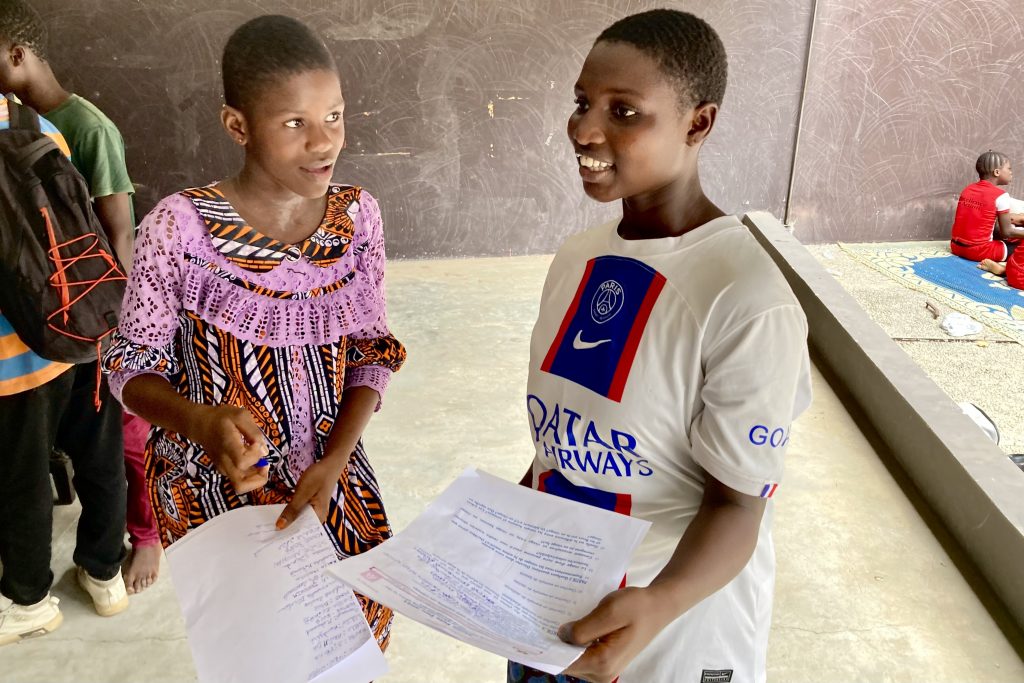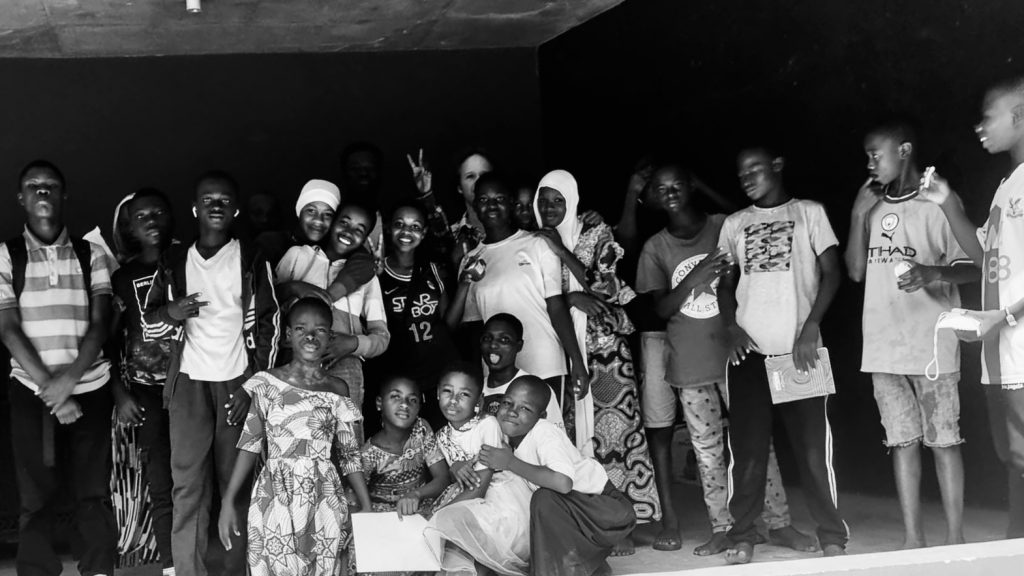
Empowering Children and Fostering Civic Culture: Philosophical Learning and Engagement at the MUCAT museum.
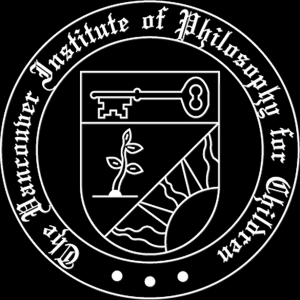
Philosophy at the Museum
Our education director, Dr. Arthur Wolf, has been working with children at the Musée de Cultures Contemporaines Adama Toungara (MUCAT) in the municipality of Abobo in Abidjan. It is the first museum entirely dedicated to contemporary art in Côte d’Ivoire.
The MuCAT aims to be both a reflection of African and international creation and a mirror of creativity for Ivorians. Through its various education, exhibition, and cultural meeting programs, the MuCAT aspires to be a center of radiance and promotion par excellence of African art.
Doing Philosophy with Children to Stimulate Civic Culture
Engaging children in philosophy at the museum fosters critical, creative, collaborative, or multidimensional thinking and cultivates essential skills for cultural sensitivity, active citizenship and civic participation. By encouraging children to question, reflect, and engage in dialogue about philosophical concepts and ethical dilemmas, we empower them to become thoughtful and responsible members of society. It opens up a civic space.
Moreover, philosophy encourages children to explore diverse perspectives, empathize with others, and develop a deeper understanding of complex social issues. Through philosophical inquiry, children learn to appreciate the value of reasoned argumentation, respect for differing opinions, really listening to others, collaborative dispositions, and the importance of ethical decision-making—all of which are essential for building a robust and inclusive civic culture.
By incorporating philosophy into educational programs and cultural initiatives, we can provide children with opportunities to explore fundamental questions about identity, justice, and the common good. Especially at museums functioning as cultural hubs, pieces of art tell stories with multiple layers. Such complex stories or narratives have many intersecting layers, including crucial dimensions of race, gender, colonialism, class, and sexuality. To tell such stories requires an intersectional lens or sensibility. This helps to question the relationships between identities, social-political positions, and philosophical concepts and how this may lead to transformation (Nash, 2008; for more, see the AFF2023 intro below). Ultimately, fostering a culture of philosophical inquiry, or what the Greeks called a PAIDEIA, at the museum and among children helps to lay the foundation for a more democratic and participatory society where individuals are empowered to contribute meaningfully to civic discourse and collective decision-making.
Below, you will find example inquiry questions and activities that accompanied the some exhibitions.
MASKS: Culture Shock 2023 Edition
The exhibition on masks included a variety of masks like traditional masks, digital masks, 3d masks, and afro-futurist masks. The idea is to make people think about what masks mean to Ivorians. Not just now but also in the past and the future.
Before embarking on workshops, it is important to take a look at the theme that will be covered. For example, a summary of the main avenues for reflection, questions, benchmarks and issues accessible to children. Below is an overview of the topics usually covered with the kids.
Lesson Plan
1) I introduce our teaching practice: a community of philosophical inquiry (Communaute de Recherche Philosophique/CRP). I also gave them examples of skills (thinking skills) that we would be working on, like problematizing, conceptualizing, and giving reasons.
2) Introduction to the topic of culture:
Q. Has anyone heard of the word culture? What does it mean?
Q. What is culture?
Humans produce culture through their interactions. It relates to, for example, countries, traditions, values, and customs. Can you think of some traditions?
[Latin: colere, means to tend to, cultivate, to put value on. See also enculturation (your own culture) versus acculturation (a new culture).]
Q. Masks are an example of culture. Why is that?
Ivorian mask examples: Baule, Guro, Dan, Senufo and We.
Key Ideas: build and preserve one’s identity; they participate in building the imagination, ancestors, the digitalized global village, and the creation of a new African imagination (e.g., Afrofuturism, Afronauts).
Follow-up questions:
Q. What are the types of masks? (Other Masks: medical masks, diving masks, Virtual Reality)
Q. Who wears masks? For what? [older children]
==> Lenses: Ritualistic, theatrical, performative, symbolic, artistic, cultural, psychological, prevention, protection, disguise…
There are masks to indicate one’s position in the community, for initiation ceremonies, for different stages of life, to connect with ancestors (worship), and for spiritual purposes.
Q. How can a mask tell a story?
Q. How are masks related to different stages of life?
Q. Is it problematic that masks are used for different hierarchies?
Q. Are masks symbolic? (e.g., is a lawyer’s BMW also a kind of mask?) [for older children]
Q. How do masks conceal (hide identity)?
Q. How do the masks open (connection, VR, transforming perception, non-physical masks)? [older children]
Q. How are virtual reality masks related to other kinds of masks? (also, think about tangible vs. virtual reality)
Q. How do you change your role depending on the context you find yourself in?
Q. How are they decorative objects, and do they have deep cultural significance?
NOTE: it is disrespectful to make a mask and have it look like any person.
Community Connection:
Help children understand the importance of community and cultural diversity. Discuss the role of masks in promoting a sense of identity, belonging, and shared values within Ivorian communities. Encourage children to think about their own communities, traditions, and values and how they contribute to their sense of identity and belonging.
Transition to step 3: “But cultures change…”
3) Today’s exhibition is called Culture Shock. Sometimes cultures change slowly, but other times they change a lot; sometimes cultures change very quickly. So, for example, a tradition can change or even be replaced.
===> Hand out the MUCAT reflection journal to make notes in.
- Find three pieces that relate to your culture.
- Find three pieces that you find strange.
- Find three pieces that you find funny.
4) The Mask: making masks with your culture on the inside (what only you can see) and outside (what others can see).
Ask questions like:
Q. What does your mask represent?
Q. What does it feel like to wear your mask?
Q. Is there a difference between who you are with the mask and who you are without it?
Q. Can you think of times when you felt like you were wearing a mask in real life?
5) Final presentation of the mask and reflection.
Africa Foto Fair 2023
The AFF features an amazing group of photographers, mostly from the African continent, who deal with concepts like exclusion, ancestral relations, traditions, fame, and belonging. They tell stories with multiple layers. Such stories or narratives have many intersecting layers, including crucial dimensions of race, gender, colonialism, class, and sexuality. To tell such stories requires an intersectional lens or sensibility, an approach that considers how various axes of identity can reinforce marginalization (Crenshaw, 1989, 1990; Al-Faham, Davis & Ernst, 2019). This includes the important connection between visual literacy and social advocacy because intersectionality applies to narratives and how they allow for complex storytelling, especially as it helps to question the relationships between identities, social-political positions, and philosophical concepts and how this may lead to transformation (Nash, 2008).
These rich concepts can be activated in various ways. Although images on their own can be powerful, to fully activate their potential, it is essential to set up a pedagogical relationship between the image and the viewer. It is this pedagogical relationship that allows for social impact and change.
An example from the AFF 2023:
PART 1: Find the following and write down the name and country of the photographer:
- smoke
- a person lying on a bed
- a boxed head
- a colorful umbrella
- a swing
- the King
- Beauty and the Beast
- bloody eyes
- gold
- a copy
PART 2: Choose photos where you think the following is expressed. Support your choice with reasons. Draw the photos on the next page.
- Find one example of exclusion.
- Find one example of resilience.
- Find one example of roots.
- Find one example of beauty.
PART 3: Which ‘sectors of transformation’ do you think are connected to the four images? Choose from: individuals, communities, NGOs, governments, and world organizations. Explain how they can help. See the next page.
PART 4: See the example list of elements related to the SDG. Find the elements of three chosen SDGs in one photo. Observe and analyze the photograph and write down the name and country of the photographer.
PART 5: Collaborative Mind Map: In the center, draw the photo and connect it with the chosen SDGs. Also, connect the elements and the SDGs with individuals, communities, NGOs, governments, and world organizations. Draw yourself into the mindmap!
Alternative Plan on BEAUTY
Look at photos that deal with the topic of beauty, like those by Zahui Ivann.
1) Why did the photographer create these photos?
2) What, according to you, does the photographer want to show?
Beauty plays an important role in society. We judge people, places, objects, and more according to their beauty! Since thousands of years ago, people have tried to find criteria for deciding whether something is beautiful. There is an attraction to things that are beautiful but also, in a different way, to ugly things. In both cases, there is a moral dimension at play. It is also associated with a particular experience. Something beautiful or ugly can ‘stir’ the emotions. It can make you feel something
Let us think together about when and why we want to look beautiful. For example, when we go outside, we, at times, want to look beautiful. Why is that? Where would you be going? Why don’t you want to look as ugly as possible?
When we think about beauty here, it concerns the way we look or our appearance. Our appearance can change because of natural reasons: time that passes. In other words, we grow older. But we can also change our appearance ourselves by using for example, make-up or plastic surgery.
1) Why do people feel pressure to make changes about themselves?
2) Does beauty show your ‘true’ self?
We can think more about the relation between beauty and truth. If many people think something or somebody is beautiful, there might be something true about it. You might want to look like that person, but if we think about it a bit more, is their beauty the same as their ‘self’?
1) What is the location of beauty?
2) Who decides where to find beauty?
3) Are their objective criteria for beauty?
4) In what contexts do we use the concept of beauty? Does it apply to people? To painting? To cars? More?
5) When is beauty realistic? When natural? And when is it not the case?
6) What are different kinds of beauty?
7) Does beauty change across cultures? How about among friends of the same culture?
8) Does beauty make something ‘good’? In other words, does it have a moral character? How does that work? Can beauty be related to power? How?
References
Al-Faham, H., Davis, A. M., & Ernst, R. (2019). Intersectionality: From theory to practice. Annual Review of Law and Social Science, 15, 247-265.
Crenshaw, K. (1989). Demarginalizing the Intersection of Race and Sex: A Black Feminist Critique of Antidiscrimination Doctrine, Feminist Theory and Antiracist Politics. University of Chicago Legal Forum, 1989(1), 139-167.
Crenshaw, K. (1990). Mapping the margins: Intersectionality, identity politics, and violence against women of color. Stanford Law Review, 43, 1241–1299.
Nash, J. C. (2008). Re-thinking intersectionality. Feminist Review, 89(1), 1–15.
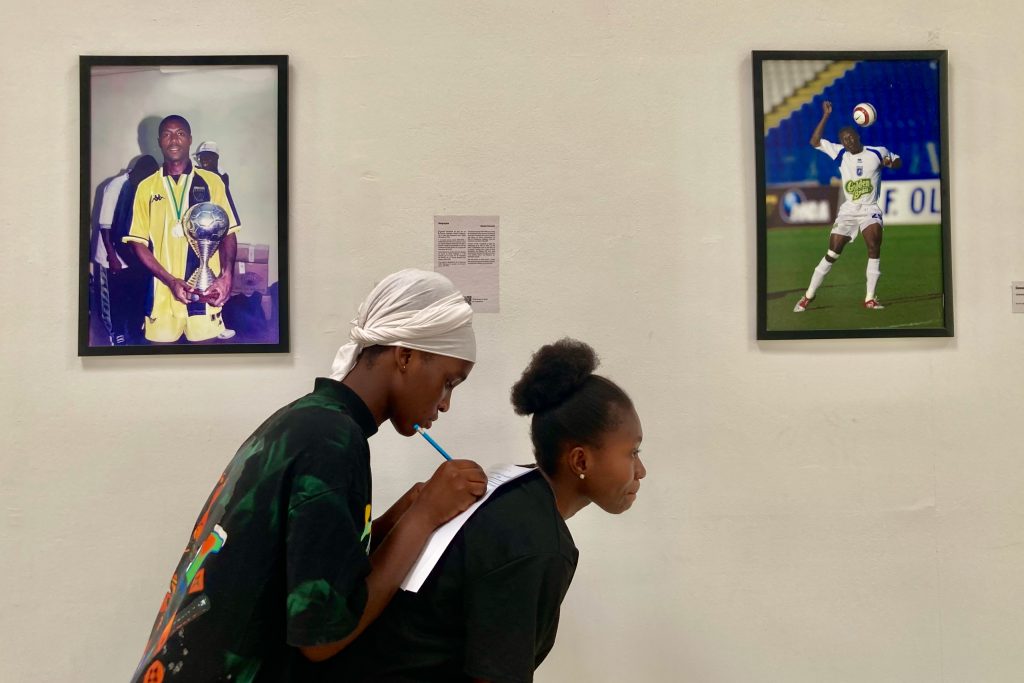
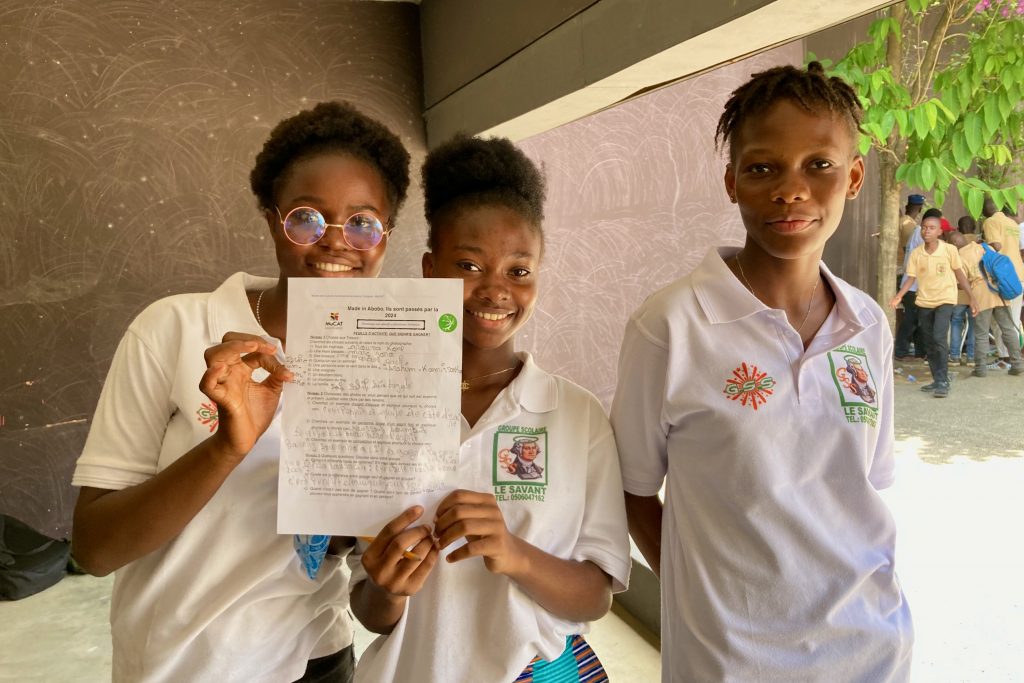
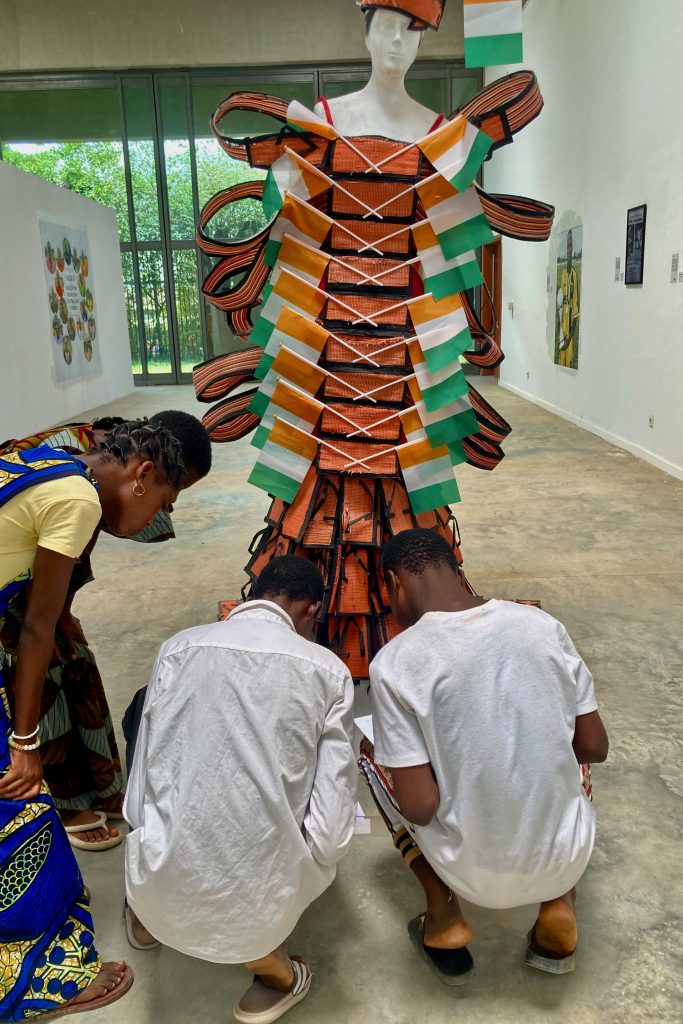
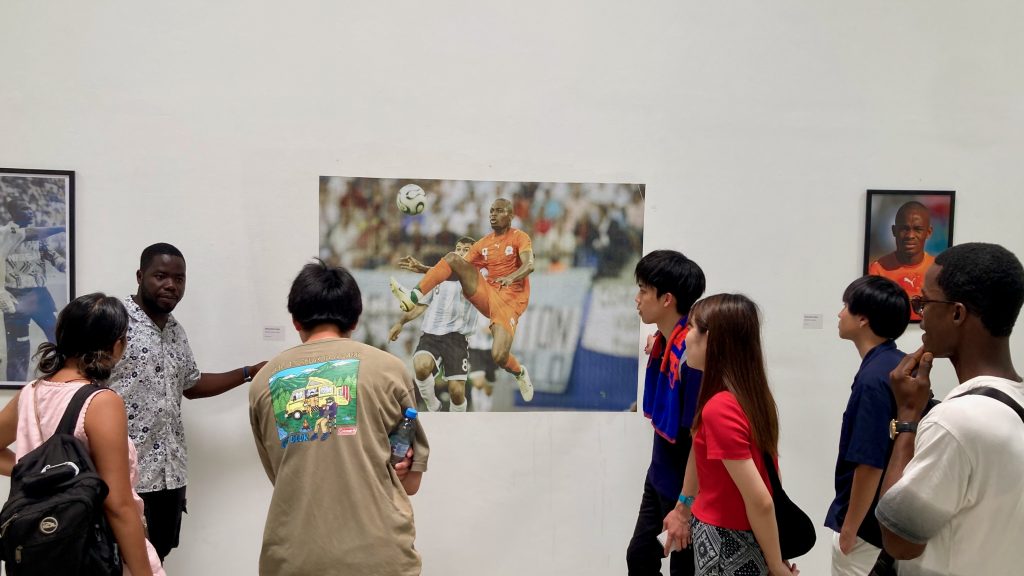
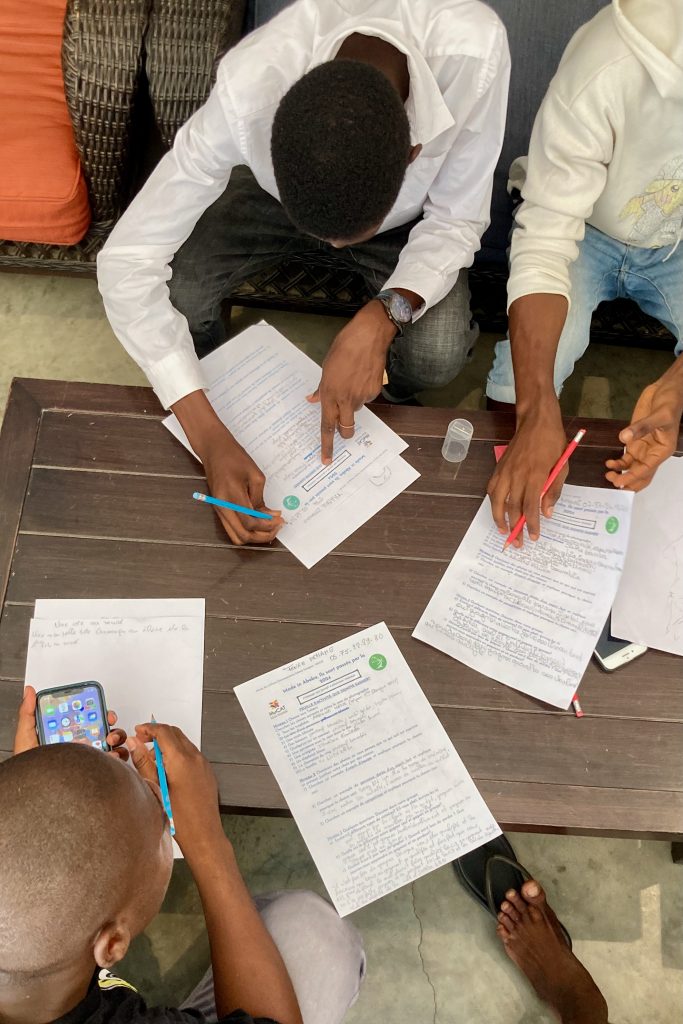
Made in Abobo, Ils sont passés par la (2024)
Tribute to Abobolese athletes and visual artists
Humans have been doing ‘sport’ for thousands of years. Sport has long played a key role in education and human flourishing. People believe that playing sport can help human beings achieve good lives.
Q. Why would sport help you to achieve a good life? What does a ‘good’ life mean?
There are also many different sports. Each sport has its own characteristics, but some aspects are similar in many sports.
Q. What kinds of sports are there worldwide? What kinds of sports are most popular in Abobo?
Q. What are similarities or common elements? (e.g., rules, winners, means, goals, motivation)
Different sports emphasize different aspects. Consider team sports, for example, and how the individuals need not only their own ball skills but also team-playing skills.
Q. What are team playing skills?
When we talk about sports and people’s behavior in sports, we also use the term sportsmanship.
Q. What does sportsmanship mean? (e.g., fairness, honesty, will to win, team play or the idea of play)
Q. What can you do to enhance your abilities as a sportsperson?
Q. What is the difference between training and competing? Do you need to train to compete? Do you need to compete to train?
Q. What is the role of play in sports?
There is also something beautiful about sport. Think about how we can talk about the technique of a player or the way a team plays together. When we think about beauty in sports, we are talking about aesthetics and aesthetic qualities.
Q. What is the relevance of aesthetic qualities in sport (e.g., beauty, ugliness, grace, and strength)?
Q. How can we consider sport as an art? What is its relationship to art?
Example Activity Sheet: What does winning mean?
Level 1 The Hunt
Look for the following things and write down the photographer’s name:
- All trophies
- An injured hand
- Boxers
- Someone who is on the top
- A person with the wind in their back
- A spider
- A white elephant
- The champion of the ring
- The family
Level 2 Choose photos where you think the following is expressed and present. Justify your choice with reasons.
- Look for an example of teamwork and explain why you choose this.
- Look for an example of a person with a strong mind and explain why you choose this.
- Find an example of a competition and explain why you choose this.
Level 3 Philosophical questions. Discuss in your group:
- Are there different types of victories? Please write them here.
- What is the difference between winning alone and winning in a group? What is important in these different contexts? How does this apply to your life outside of sports?
- When is it not good to win, and when is it good to lose? What can you learn from winning and losing? What is the role of failure in sports? What is the role of hardship?
- When does life feel like sport? Can your life become like a competition? When is this helpful and when does this become a problem?
Level 4 Present to the other groups and make a mindmap of how winning and losing should and should not play a role in life.
Follow-up Options
The idea of winning has a long history because humans have been organizing competitions, tournaments, and games for thousands of years. Some of these are more serious than others. You can have a competition with your friend, but you can also represent your country at the World Championship. There are different aspects to each of these.
1) Do we have competitions to measure people?
2) Is it really the people that are measured? For example, if it is a world championship, is winning about the individual winner or what that winner represents?
3) When does representation become a problem when we think about competitions?
4) When does measuring humans, countries, or communities become a problem?
5) What is measured when the actual winning is not what is most important?
